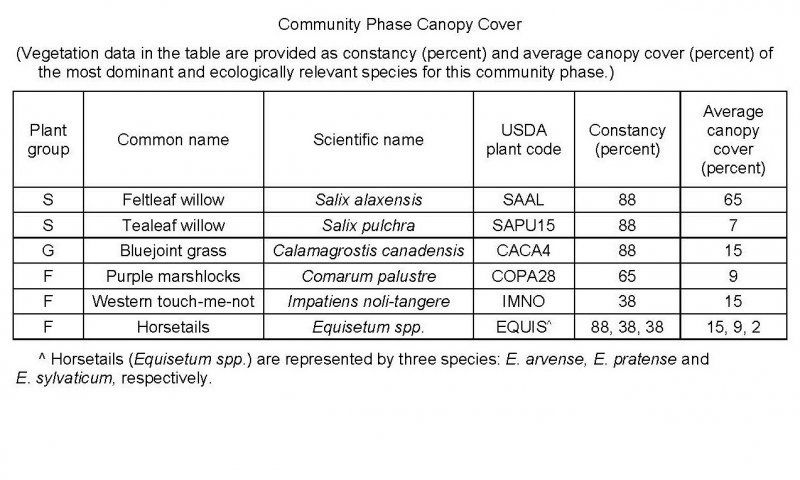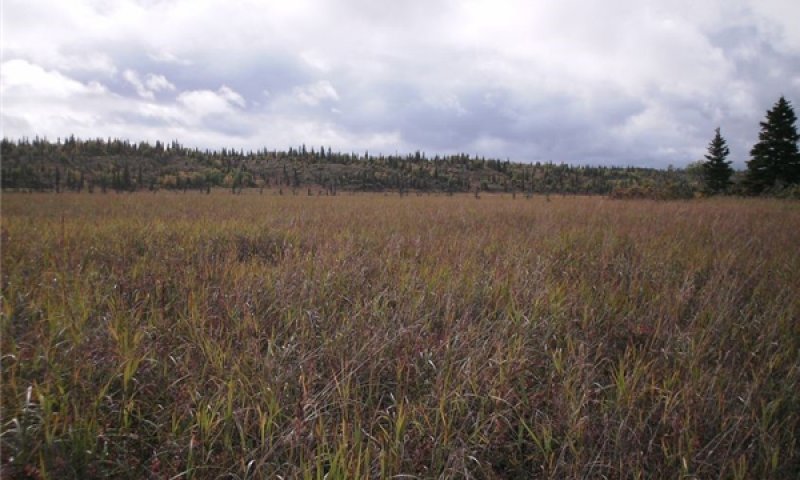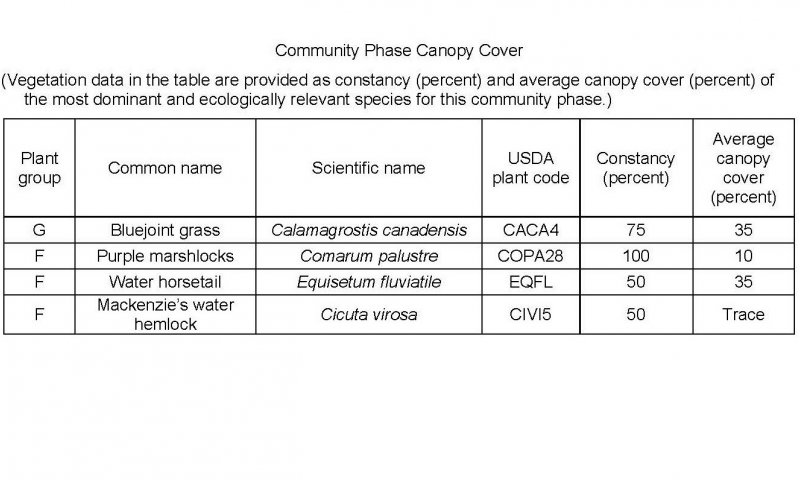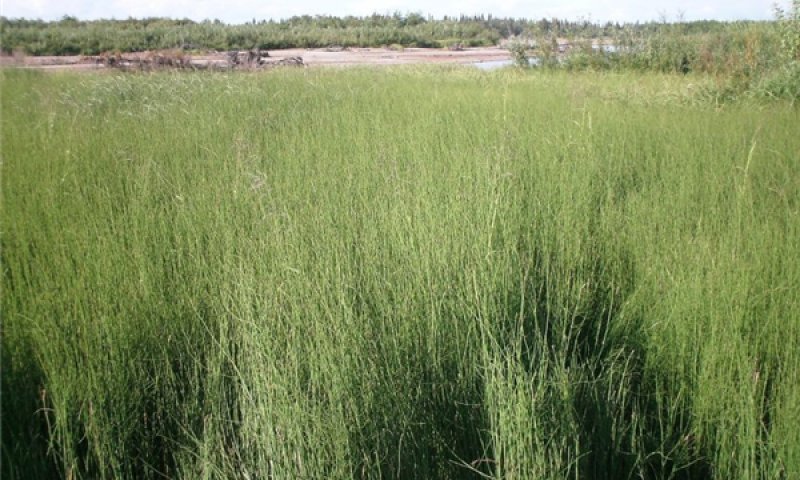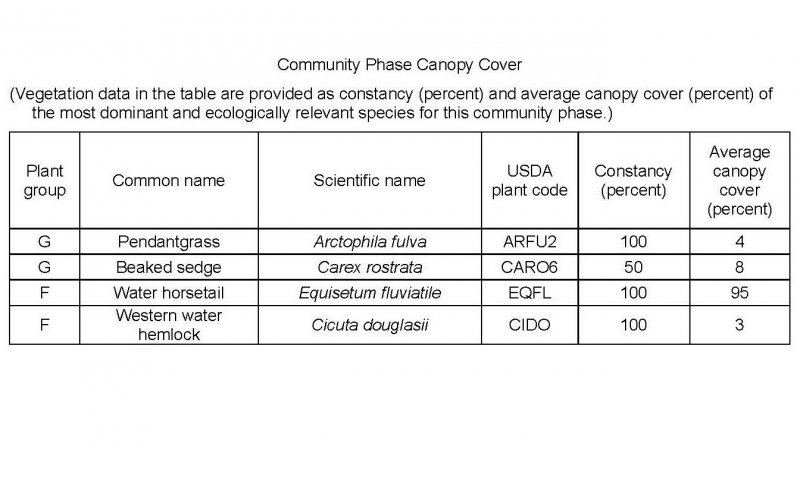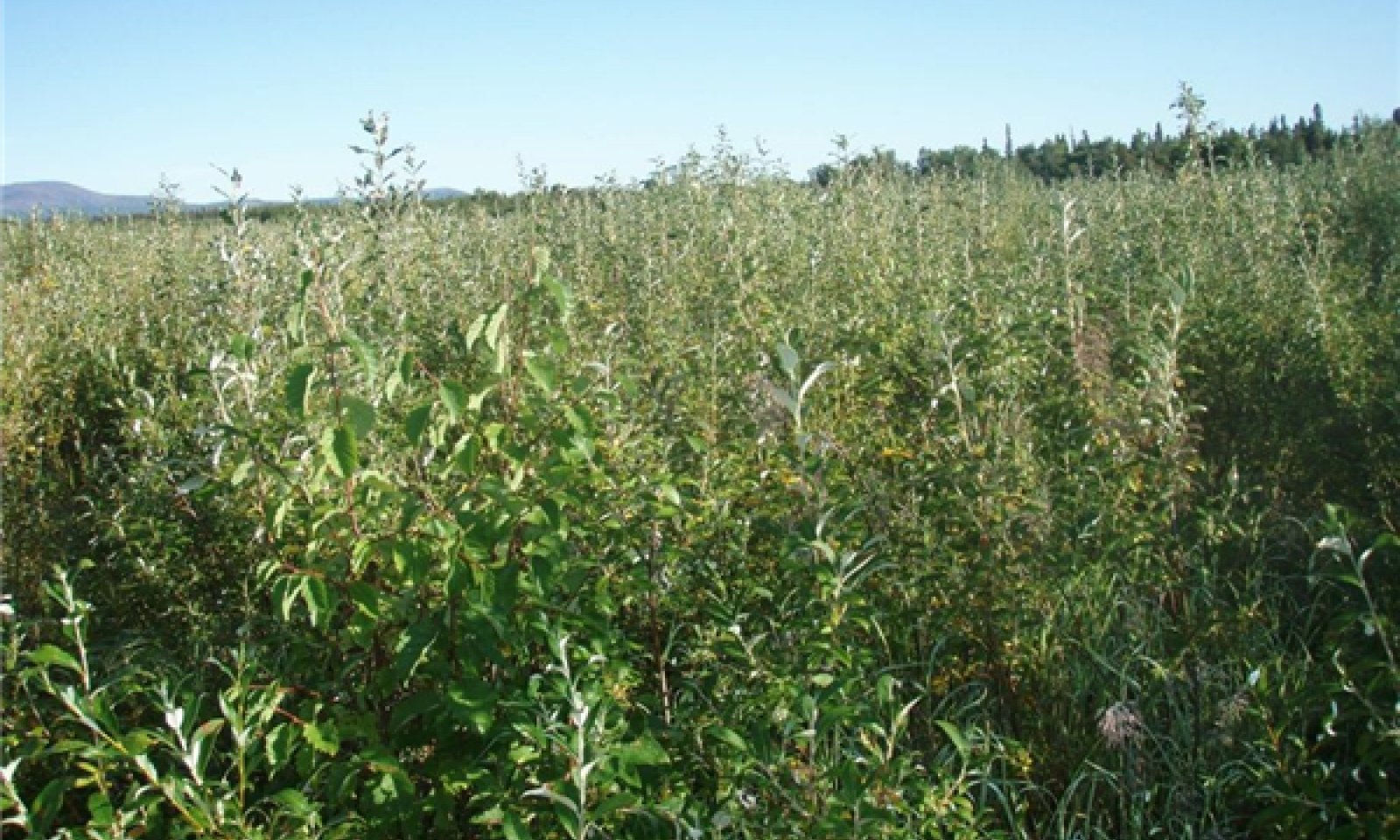

Natural Resources
Conservation Service
Ecological site R236XY153AK
Boreal Willow Silty Low Flood Plains
Last updated: 2/13/2024
Accessed: 12/21/2025
General information
Provisional. A provisional ecological site description has undergone quality control and quality assurance review. It contains a working state and transition model and enough information to identify the ecological site.
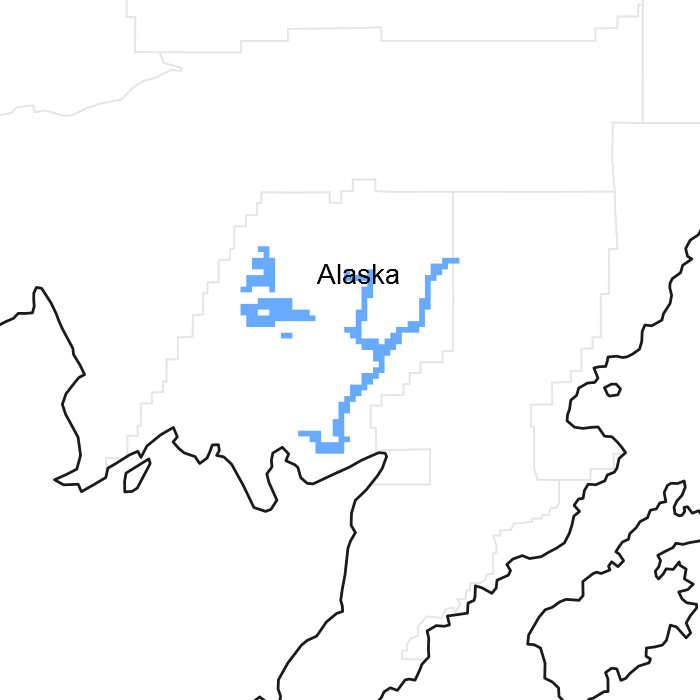
Figure 1. Mapped extent
Areas shown in blue indicate the maximum mapped extent of this ecological site. Other ecological sites likely occur within the highlighted areas. It is also possible for this ecological site to occur outside of highlighted areas if detailed soil survey has not been completed or recently updated.
MLRA notes
Major Land Resource Area (MLRA): 236X–Bristol Bay-Northern Alaska Peninsula Lowlands
The Bristol Bay-Northern Alaska Peninsula Lowland Major Land Resource Area (MLRA 236) is located in Western Alaska. This MLRA covers approximately 19,500 square miles and is defined by an expanse of nearly level to rolling lowlands, uplands and low to moderate hills bordered by long, mountain footslopes. Major rivers include the Egegik, Mulchatna, Naknek, Nushagak, and Wood River. MLRA 236 is in the zone of discontinuous permafrost. It is primarily in areas with finer textured soils on terraces, rolling uplands and footslopes. This MLRA was glaciated during the early to middle Pleistocene. Moraine and glaciofluvial deposits cover around sixty percent of the MLRA. Alluvium and coastal deposits make up a large portion of the remaining area (Kautz et al., 2012; USDA, 2006).
Climate patterns across this MLRA shift as one moves away from the coast. A maritime climate is prominent along the coast, while continental weather, commonly associated with Interior Alaska, is more influential inland. Across the MLRA, summers are general short and warm while winters are long and cold. Mean annual precipitation is 13 to 50 inches, with increased precipitation at higher elevations and areas away from the coast. Mean annual temperatures is between 30 and 36 degrees F (USDA, 2006).
The Bristol Bay-Northern Alaska Peninsula MLRA is principally undeveloped wilderness. Federally managed land includes parts of the Katmai and Aniakchak National Parks, and the Alaska Peninsula, Becharof, Togiak and Alaska Maritime National Wildlife Refuges. The MLRA is sparsely populated. Principal communities include Dillingham, Naknek, and King Salmon. Commercial fishing in Bristol Bay and the Bering Sea comprises a major part of economic activity in the MLRA. Other land uses include subsistence activities (fishing, hunting, and gathering) and sport hunting and fishing (USDA, 2006).
Ecological site concept
This site is on lowland flood plain talfs. Site elevation ranges from 20 to 810 feet above sea level. Slopes are nearly level (0 – 3 percent). Soil and site hydrology and the effects of flooding and ponding shape the vegetation on this landform. Soils have little to no development. This site floods frequently and supports a water table at the start of the growing season, significantly restricting the vegetation supported here.
The reference state supports three communities. The reference plant community is characterized as a closed tall scrubland (Viereck et al., 1992). It is composed of one or more willow species with an understory of hydrophytic graminoids and forbs. The other communities of this site can co-occur with the reference plant community. These communities are associated with wetter areas where vegetation is further restricted to facultative wet to obligate herbaceous species. The most heavily ponded areas typically only support emergent, herbaceous wetland species.
Associated sites
| F236XY111AK |
Boreal Forest Loamy Flood Plains F236XY111AK describes rarely flooded high flood plains that support a forest in the reference plant community. They are located higher on the flood plain than the flood plain described here. Differences in elevation, flooding disturbance, and soil characteristics result in different supported vegetation. |
|---|---|
| R236XY121AK |
Boreal Tall Scrub Loamy Flood Plains Both sites are on flood plains and can be found in the same riverine system. R236XY121AK describes low flood plains that are well drained and occasionally flooded. Differences in soil characteristics and flooding disturbance results in different vegetation in the reference states. |
Similar sites
| R236XY121AK |
Boreal Tall Scrub Loamy Flood Plains Both sites are on flood plains. R236XY121AK describes low flood plains that are well drained and occasionally flooded. This site frequently floods and supports a water table at the start of the growing season, significantly restricting the vegetation supported here. |
|---|
Table 1. Dominant plant species
| Tree |
Not specified |
|---|---|
| Shrub |
(1) Salix alaxensis |
| Herbaceous |
(1) Calamagrostis canadensis |
Click on box and path labels to scroll to the respective text.
Ecosystem states
State 1 submodel, plant communities
| 1.1a | - | Raised water table or increased flooding or ponding period |
|---|---|---|
| 1.2a | - | Lowered water table or decreased flooding or ponding period |
| 1.2b | - | Raised water table or increased flooding or ponding period |
| 1.3a | - | Lowered water table or decreased flooding or ponding period |

